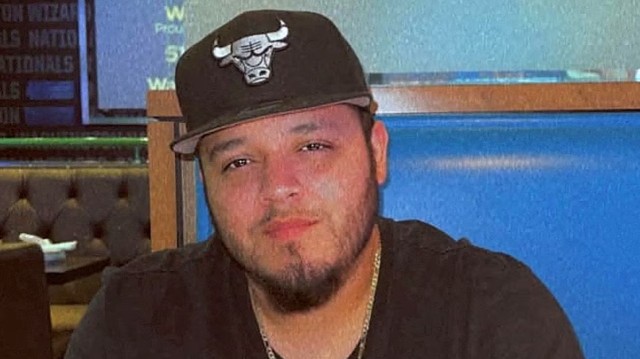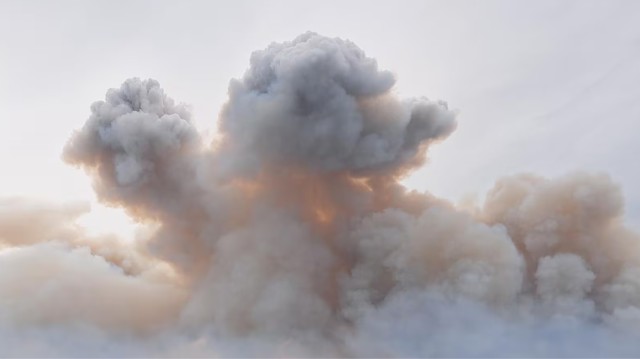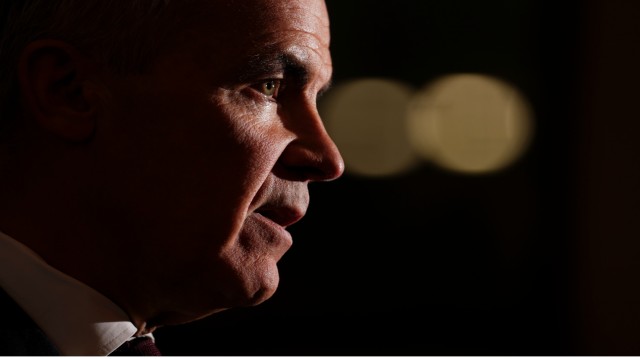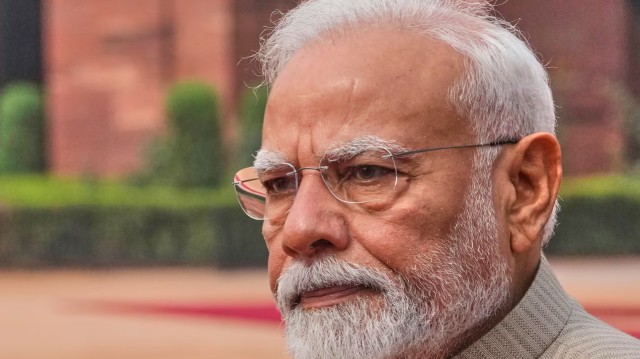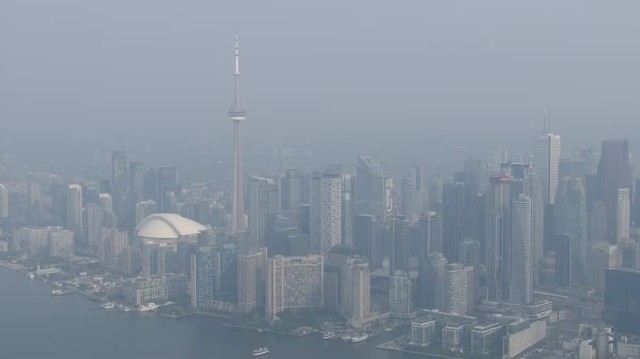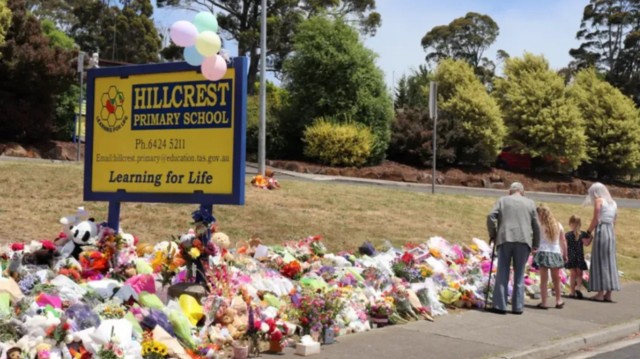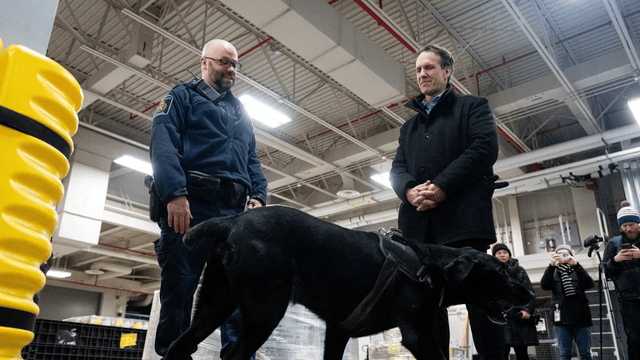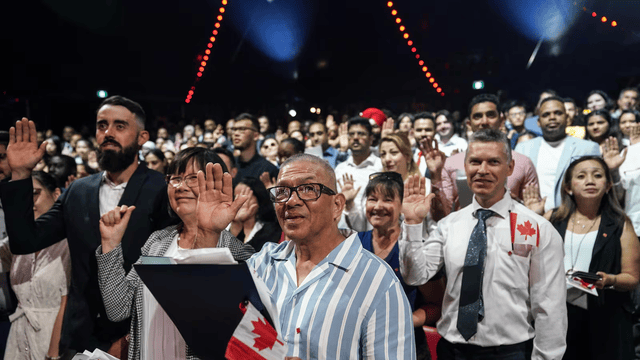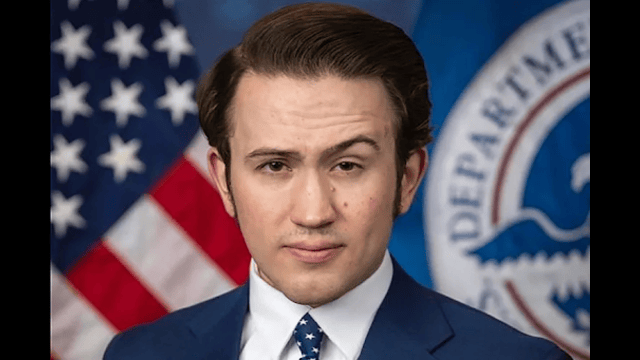
White House Press Secretary Karoline Leavitt addresses reporters during a briefing at the White House in Washington on Tuesday, April 22, 2025. AP
White House Press Secretary Karoline Leavitt highlighted the successes at the Canada-U.S. border during a briefing on Tuesday. She mentioned a significant drop in arrests at the northern border, but did not provide any new insights into what could lead President Donald Trump to lift tariffs on Canada.
Leavitt explained that only 54 people were apprehended in the Swanton Sector of the northern border in the past month. This is a 95% decrease from March 2024. The Swanton Sector includes parts of New Hampshire, Vermont, and New York, and is considered a key area for border control. In fact, it accounted for over 80% of all apprehensions along the northern border in the 2024 fiscal year.
Trump has consistently blamed the flow of people and fentanyl across the border as reasons for his threats to impose hefty tariffs on Canada. In response, Canada’s former Prime Minister Justin Trudeau strengthened border protections. More helicopters, drones, and officers were deployed to monitor the border. Canada also appointed a "fentanyl czar," classified Mexican cartels as terrorist groups, and launched a joint Canada-U.S. strike force to fight border-related crimes.
However, U.S. Customs and Border Protection data shows that only a small amount of fentanyl is seized at the northern border. Even so, Trump moved forward with imposing tariffs, citing border concerns. He signed an executive order declaring a state of emergency at the northern border and announced tariffs in March 2024. Shortly after, Trump paused the tariffs on imports compliant with the Canada-U.S.-Mexico Agreement (CUSMA), but imposed a 25% tariff on non-compliant goods, with a lower 10% tariff on energy and potash.
Despite Leavitt’s positive statements about the situation at the border, the White House did not comment on whether these changes would lead to a shift in Trump’s stance on the tariffs or emergency order. Trump’s tariffs have caused disruptions in global markets since the beginning of his trade war. He introduced “reciprocal” tariffs, only to backtrack with a temporary 90-day pause to negotiate trade agreements. As of now, the U.S. still enforces a 10% tariff on many countries, along with 25% tariffs on steel, aluminum, and automobile imports.
Trump also imposed heavy tariffs on China, which retaliated with duties on U.S. goods. Trump’s administration has sent mixed messages about whether these tariffs are permanent or just part of a broader negotiation strategy. On Tuesday, Trump acknowledged that the U.S. is in a transition period and said it would take time. However, he remained confident that the country was "doing well with every country" because "ultimately, we have something they want."
Leavitt also mentioned that the Trump administration has received 18 trade deal proposals from various countries. While she did not confirm whether these proposals would lead to a change in tariffs, she stressed that Trump’s team is working swiftly to finalize these deals. CUSMA, which was negotiated during Trump’s first term, was hailed by him as the "best trade deal ever made."
In addition, Prime Minister Mark Carney of Canada, who spoke with Trump recently, confirmed that the president agreed to begin talks on a new economic and security agreement after Canada’s upcoming election.



